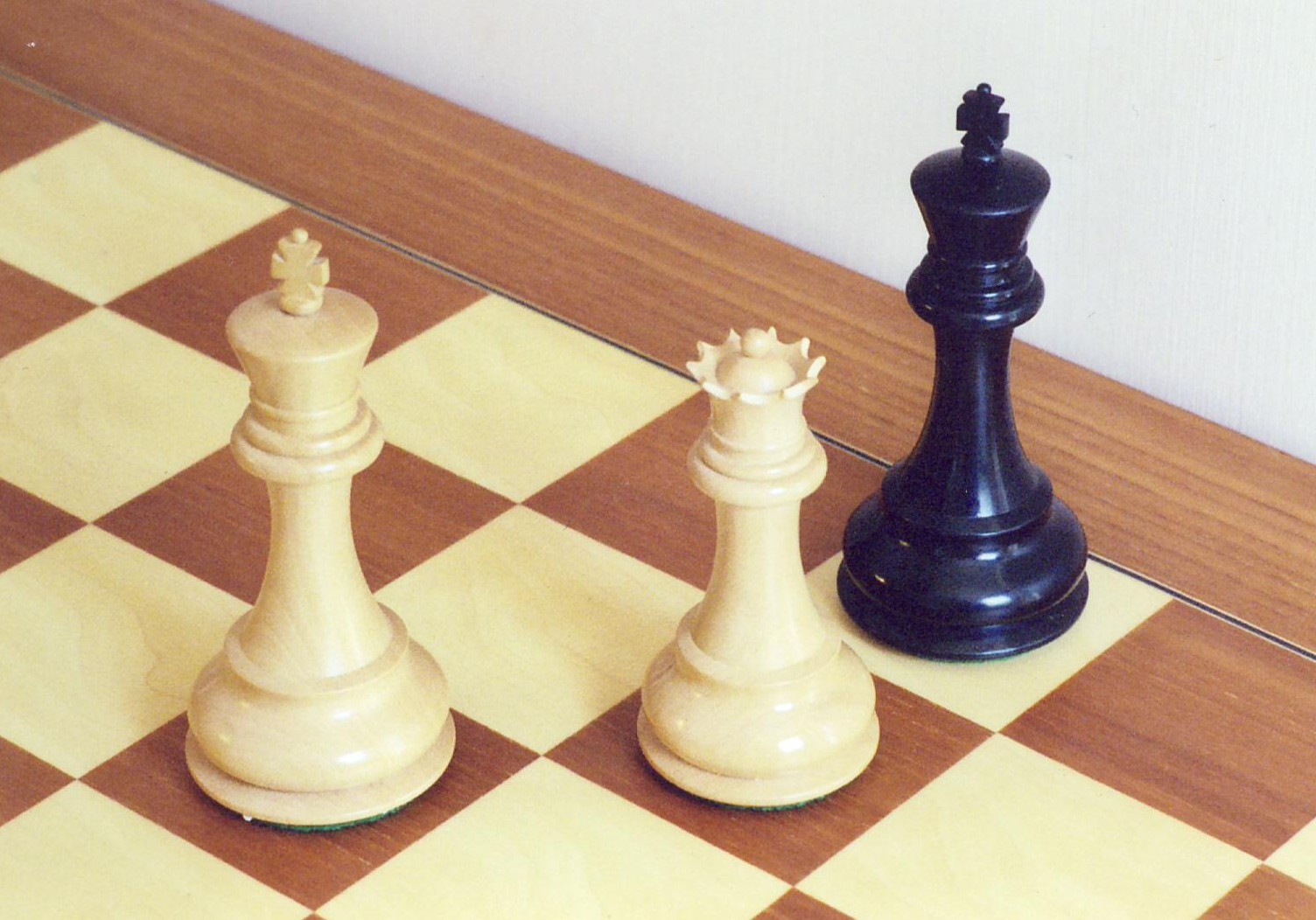Chess 101
- Introduction to Chess
- Rules of the Game
- Tactics
- Strategy & Planning
- Advanced Endgame Techniques
- Planning & Execution
- Notable Games Analysis
- Chess Psychology
- Training & Improvement
Rules of the Game
Understanding Check, Checkmate, and Stalemate in Chess

Winning game position in chess.
In the game of chess, understanding the concepts of check, checkmate, and stalemate is crucial. These terms define the state of the king and can determine the outcome of the game. This article will provide a comprehensive understanding of these concepts.
Check
A check is a situation in chess where the king is under immediate threat of capture on the next move. Any move that places the opponent's king in check must be announced by saying "check". The player whose king is in check must make a move that eliminates the threat of capture. This can be done in one of three ways:
- Moving the King: The king can be moved to a square where it is not under threat.
- Blocking the Check: A piece can be moved between the king and the attacking piece to block the check.
- Capturing the Attacking Piece: The piece that is threatening the king can be captured.
Checkmate
Checkmate is a situation in chess where the king is in check and there is no legal move to remove the threat of capture on the next move. When a player's king is checkmated, the game is immediately over and the player is declared the loser. Achieving a checkmate is the ultimate goal in chess.
There are many strategies to achieve checkmate, and understanding these patterns can greatly improve your game. Some common checkmate patterns include the Two Rooks Mate, the Queen and King Mate, and the Smothered Mate.
Stalemate
A stalemate is a situation in chess where the player whose turn it is to move is not in check, but has no legal move. In other words, any move the player makes would place their king in check. When a stalemate occurs, the game is immediately drawn.
Stalemate is often a goal for the player who is at a disadvantage. If you are losing and can force a stalemate, you can avoid a loss and the game will be a draw. However, if you are winning, you must be careful not to accidentally stalemate your opponent, as this would result in a draw instead of a win.
Difference Between Checkmate and Stalemate
The key difference between checkmate and stalemate is that in a checkmate, the king is in check and the player has no legal moves to remove the threat, while in a stalemate, the king is not in check, but the player has no legal moves.
Understanding these concepts is crucial to playing and enjoying the game of chess. They form the basis of the game's objective and knowing how to execute and avoid these situations can greatly improve your strategic play.